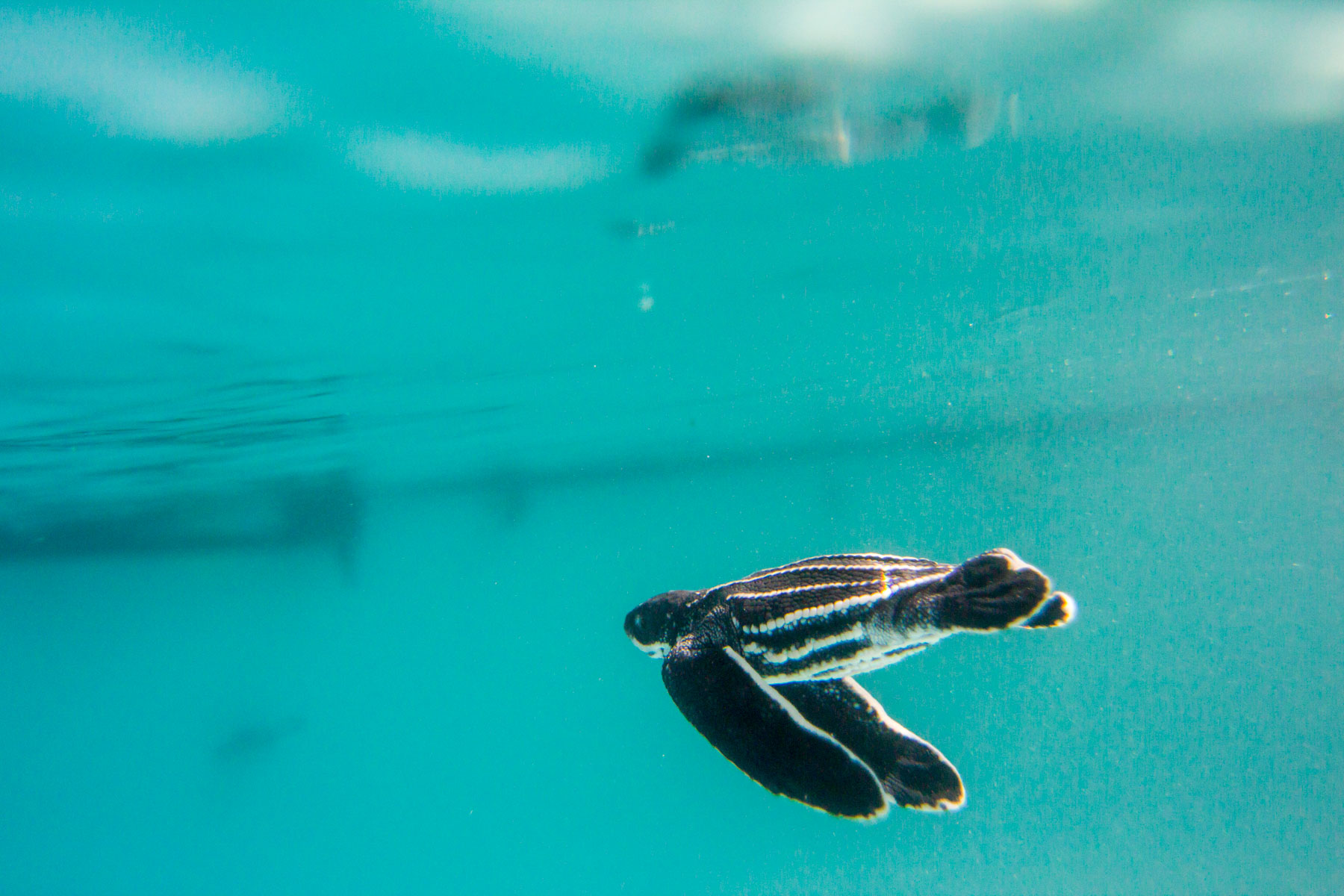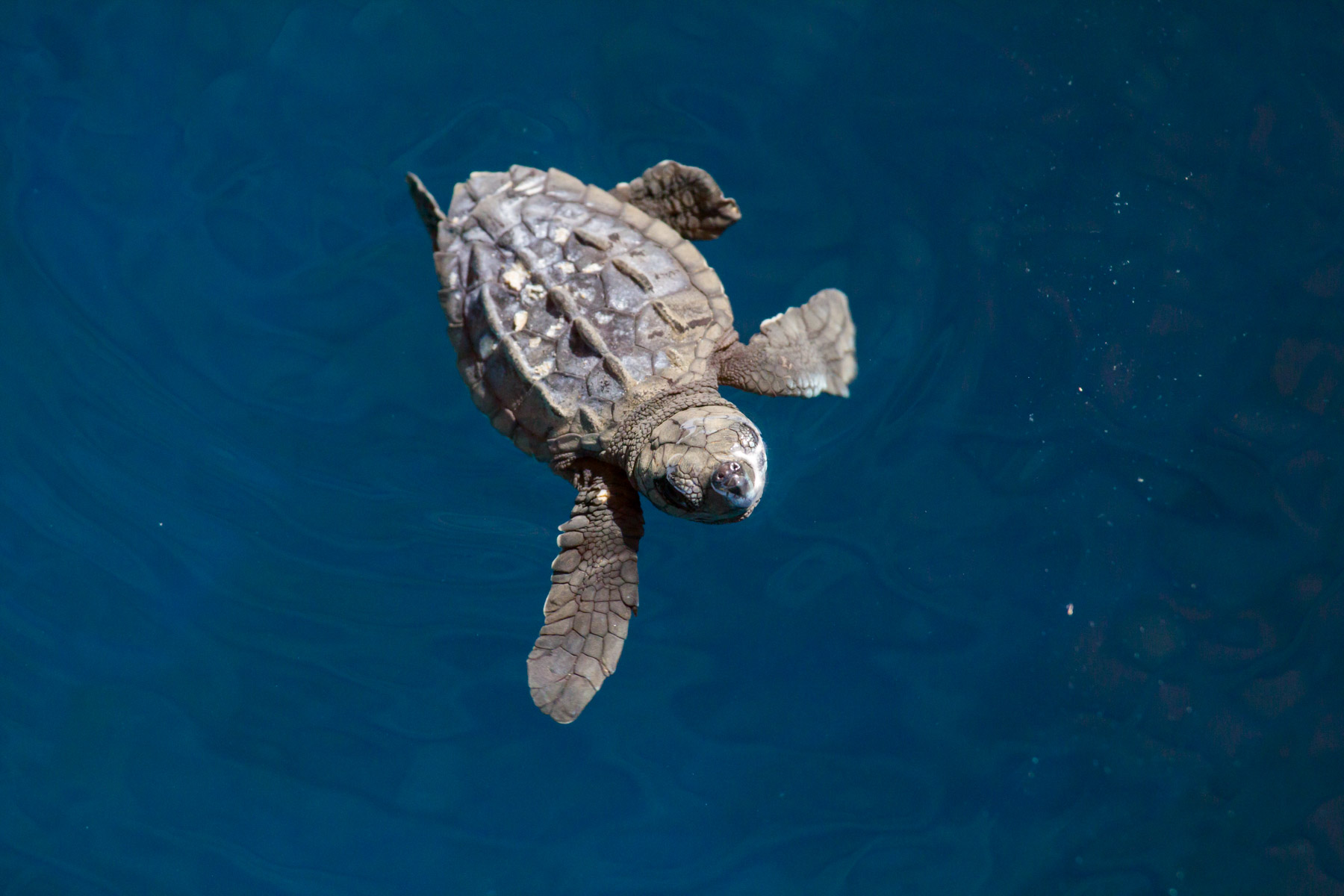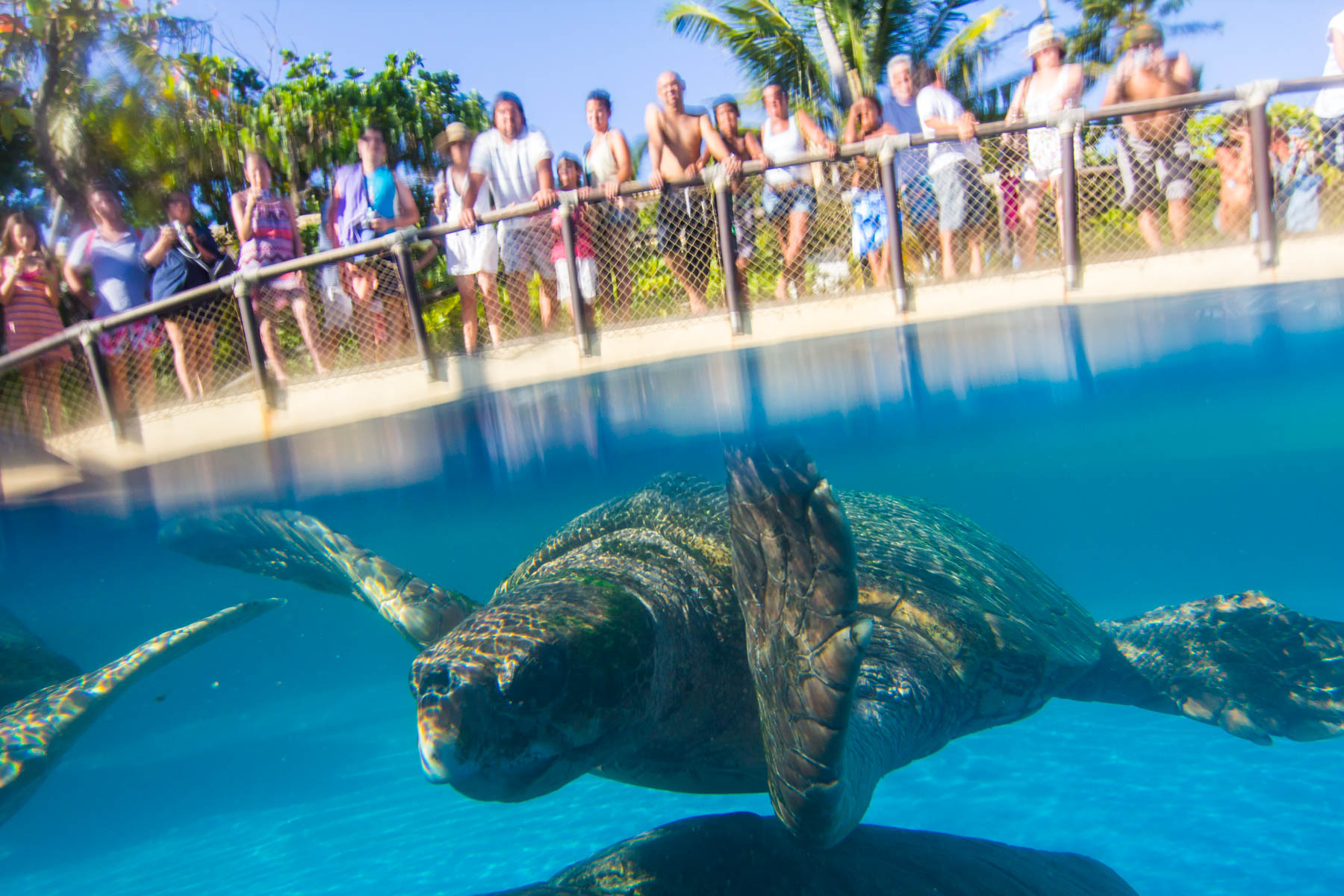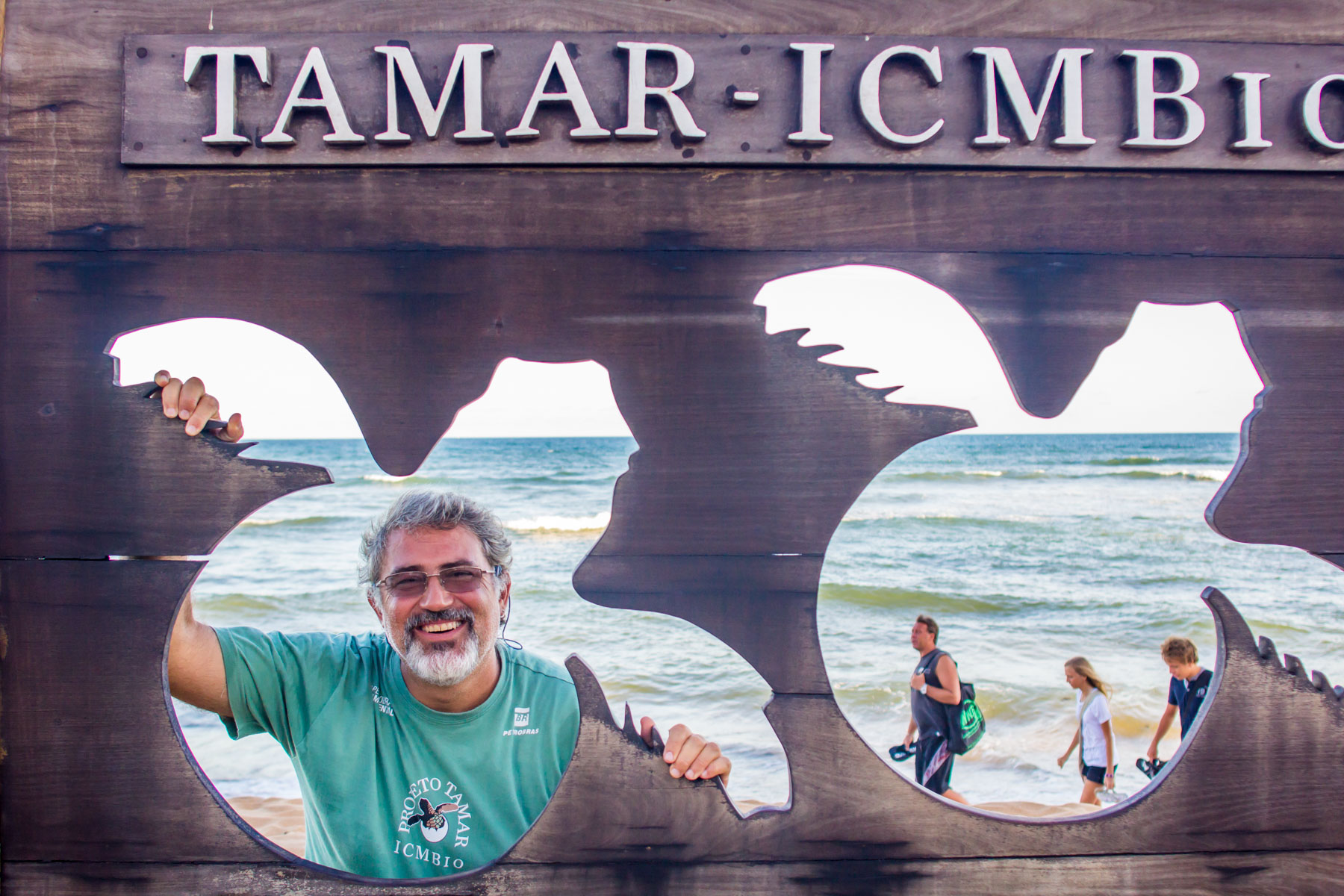TERRA TRIBUTA

Menu
ABONNEZ-VOUS
A L'INFOLETTRE
A L'INFOLETTRE

This is the story of Couro, a little leatherback sea turtle. She’s beautiful with her black carapace and white lines. When fully mature, she could measure two metres and weigh 700 kg.
Since the dawn of time, Couro’s ancestors, the great family of sea turtles, lived in peace and survived in the vastness of the oceans. Then one day, everything changed. “As if we didn’t have enough predators, now humans are attacking us,” moaned Couro’s ancestor. It was a massacre. The grandmother was trapped in a fishing net. Uncle had the bad idea of eating a jellyfish that tasted of plastic bags. Even the robust grandfather was caught by a boat propeller. “They’re hunting us and eating our eggs, we’ve got to do something!” shouted Couro’s father. These living dinosaurs were almost extinct.

Fortunately, in 1980, TAMAR came to their rescue. “Human, my friend, why don’t you help me protect the turtles?” asked TAMAR. Human hesitated, but TAMAR succeeded in raising his awareness and changing his habits. Together, they established 25 research centres. They monitor over 1,000 kilometres of Brazilian coastline. They have even set up social inclusion initiatives through craft cooperatives and production workshops, while promoting local culture and traditions.

On a warm night, TAMAR is ready and waiting. The waves dance slowly with the sand. Suddenly, the tiny grains on the beach begin to move. “It’s Couro and his sisters!” exclaims TAMAR. What a fabulous moment, a hundred little creatures have just hatched. At this moment, only one thing guides them: their survival instinct. Once again, human intervention… “Careful, not that way, Couro, those are the streetlights and the luxury hotels! Follow the light of the horizon to find your way,” shouts TAMAR to the confused and lost turtles. Finally, thanks to a light beam, TAMAR manages to guide them towards the waves.
Before leaving, TAMAR talks to Couro. “I’m worried about you and your family. You face so many challenges: climate change, the feminization of the world’s populations, the disappearance of marine ecosystems. What can I do?” asks TAMAR. She simply replies, “Thank you very much for your help”, and heads off into the unknown.
To find out more: visit Projeto Tamar, a non-governmental organization that protects sea turtles.

This function has been disabled for .